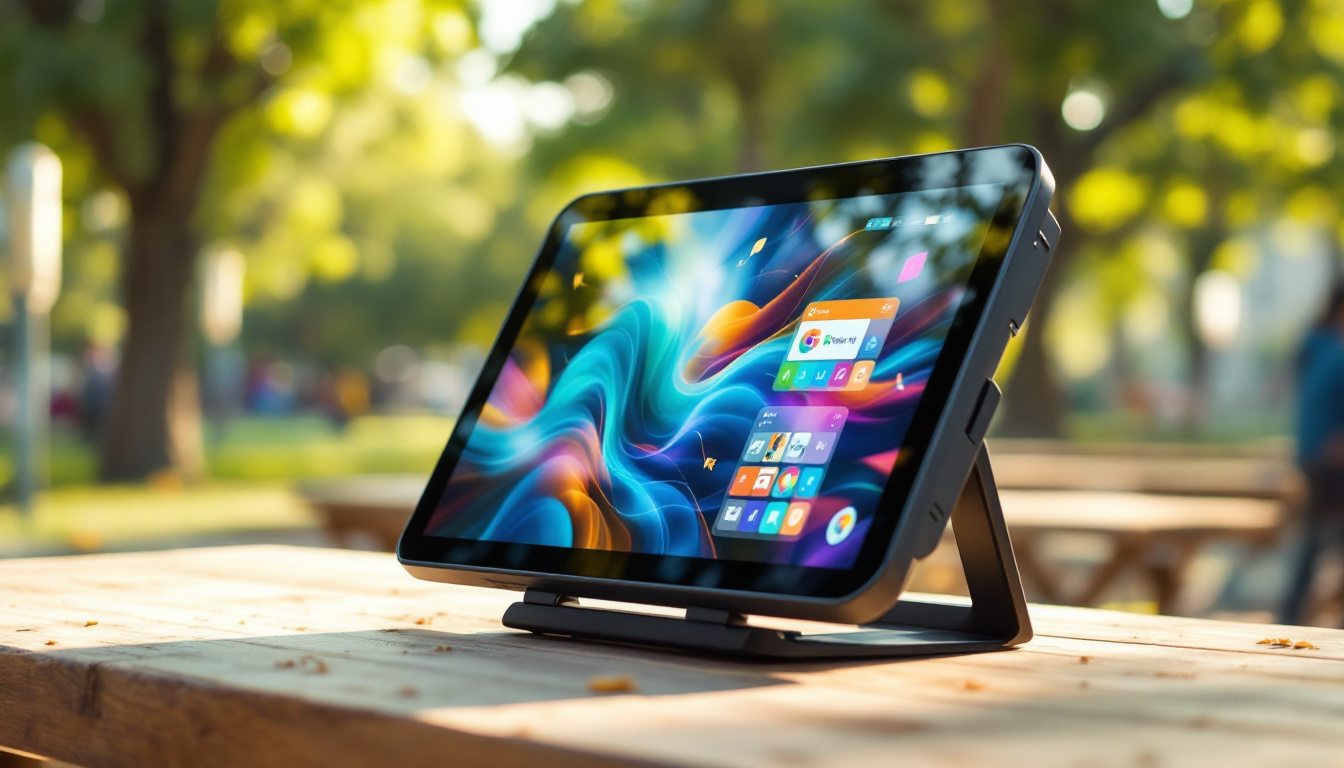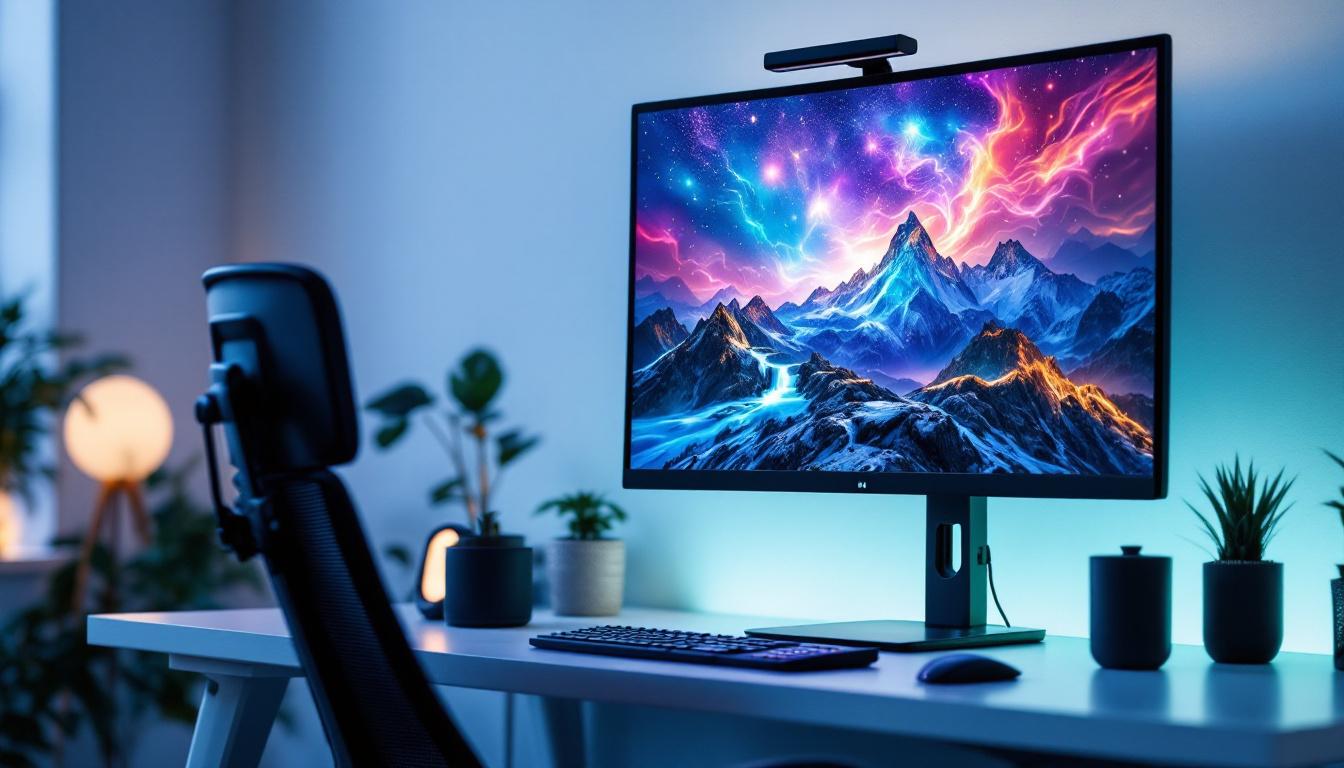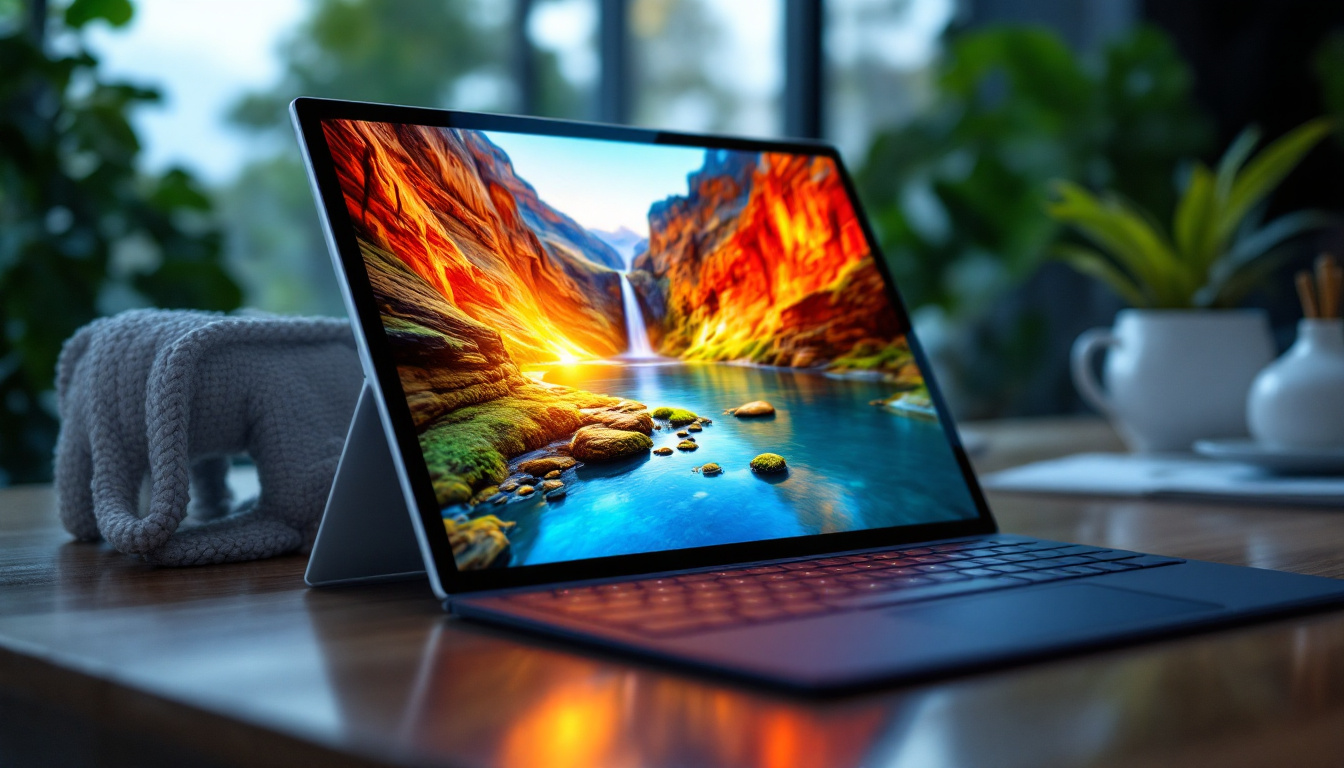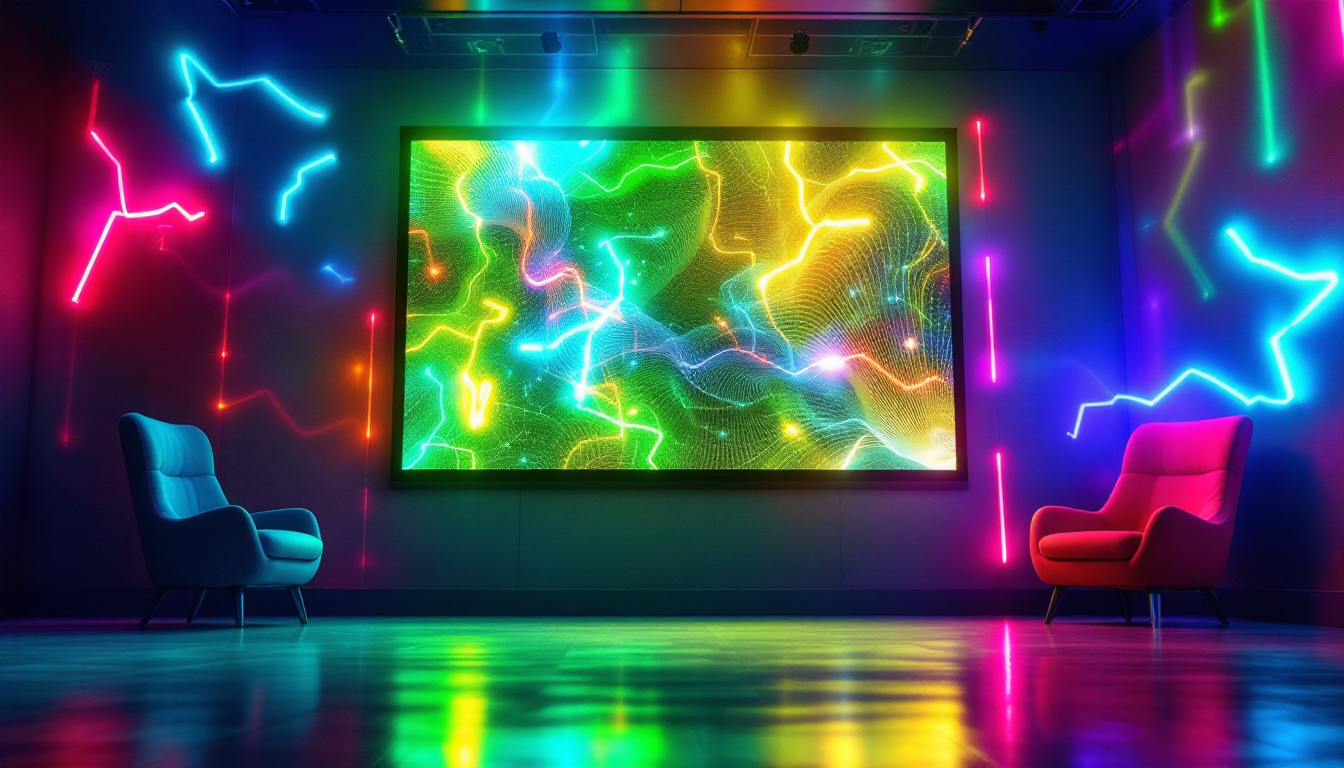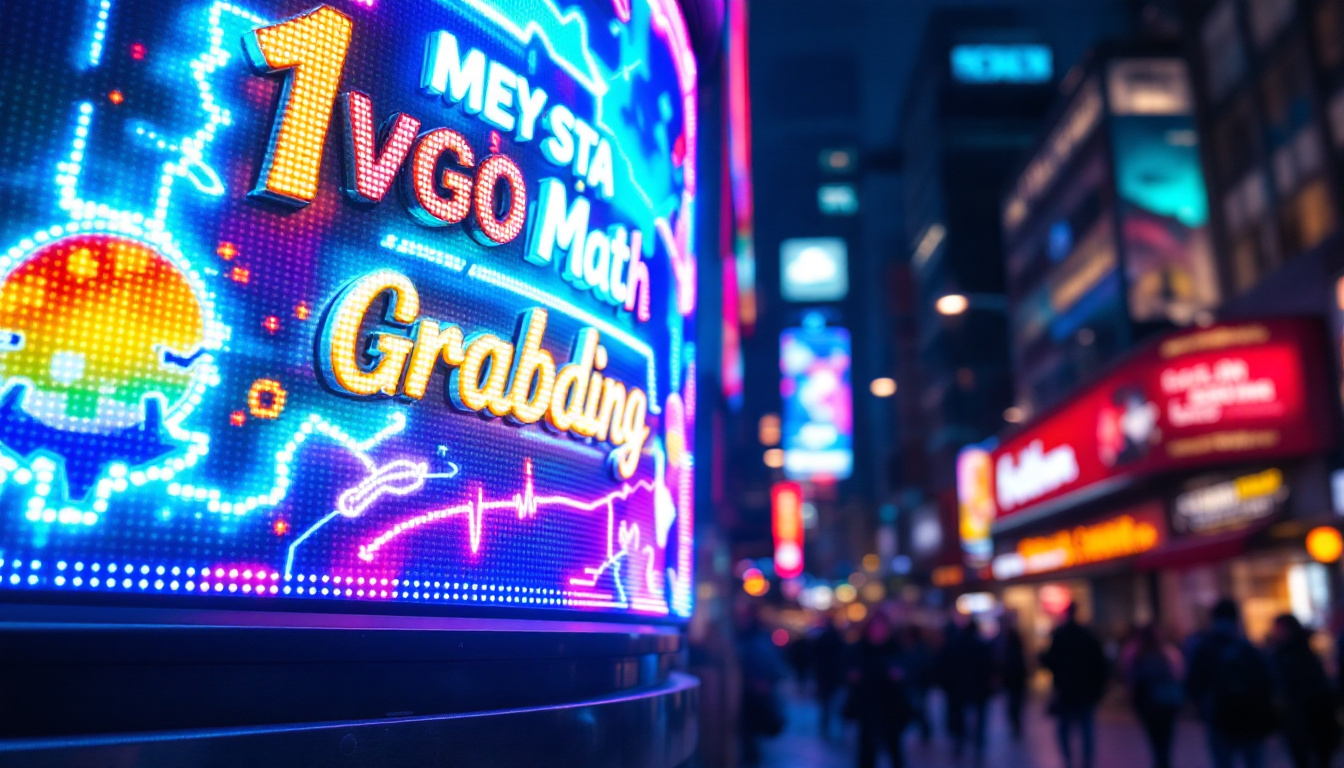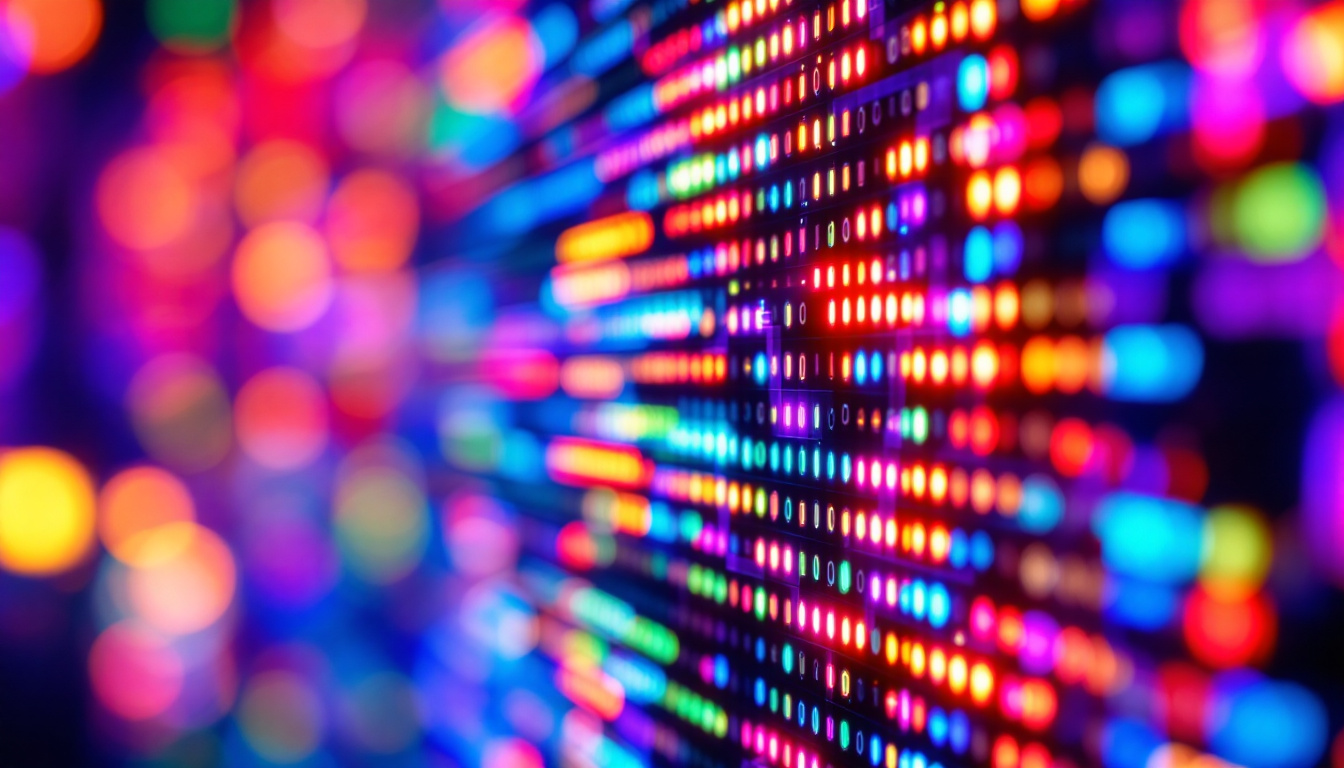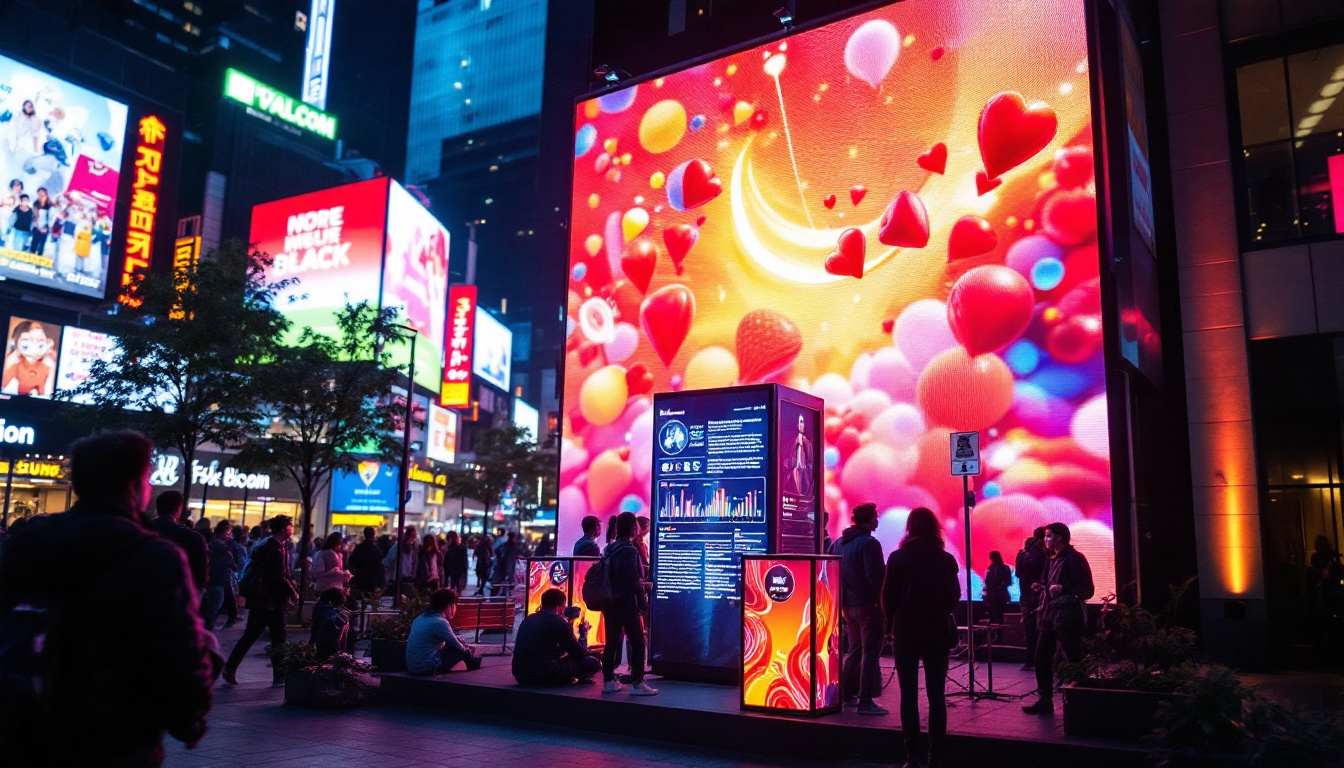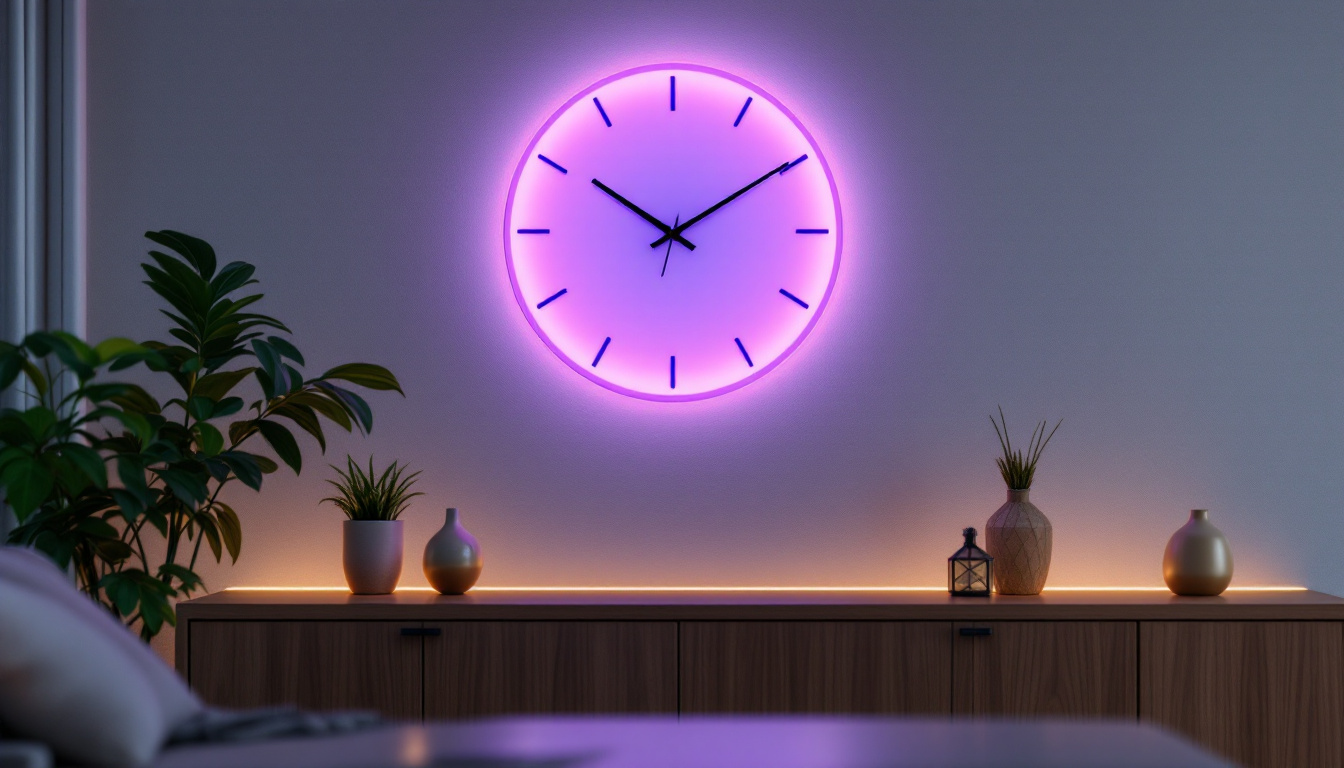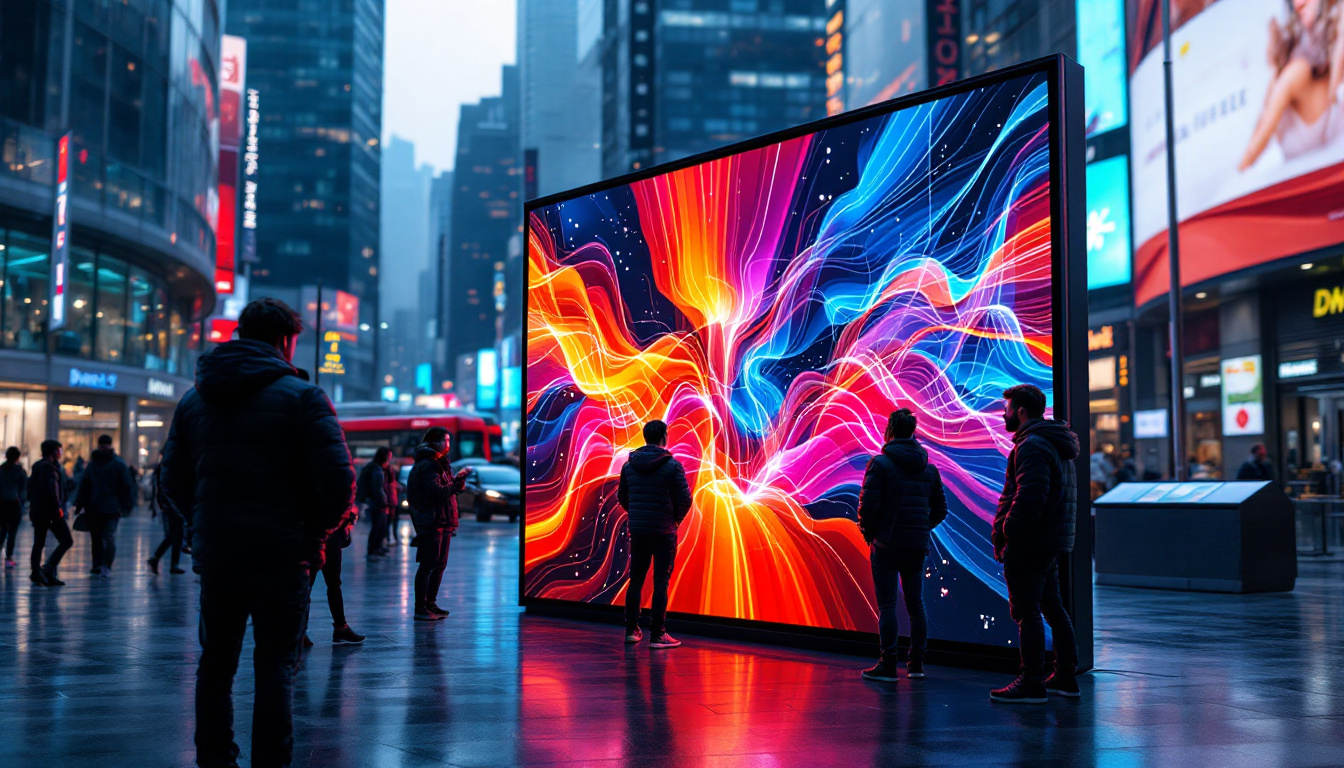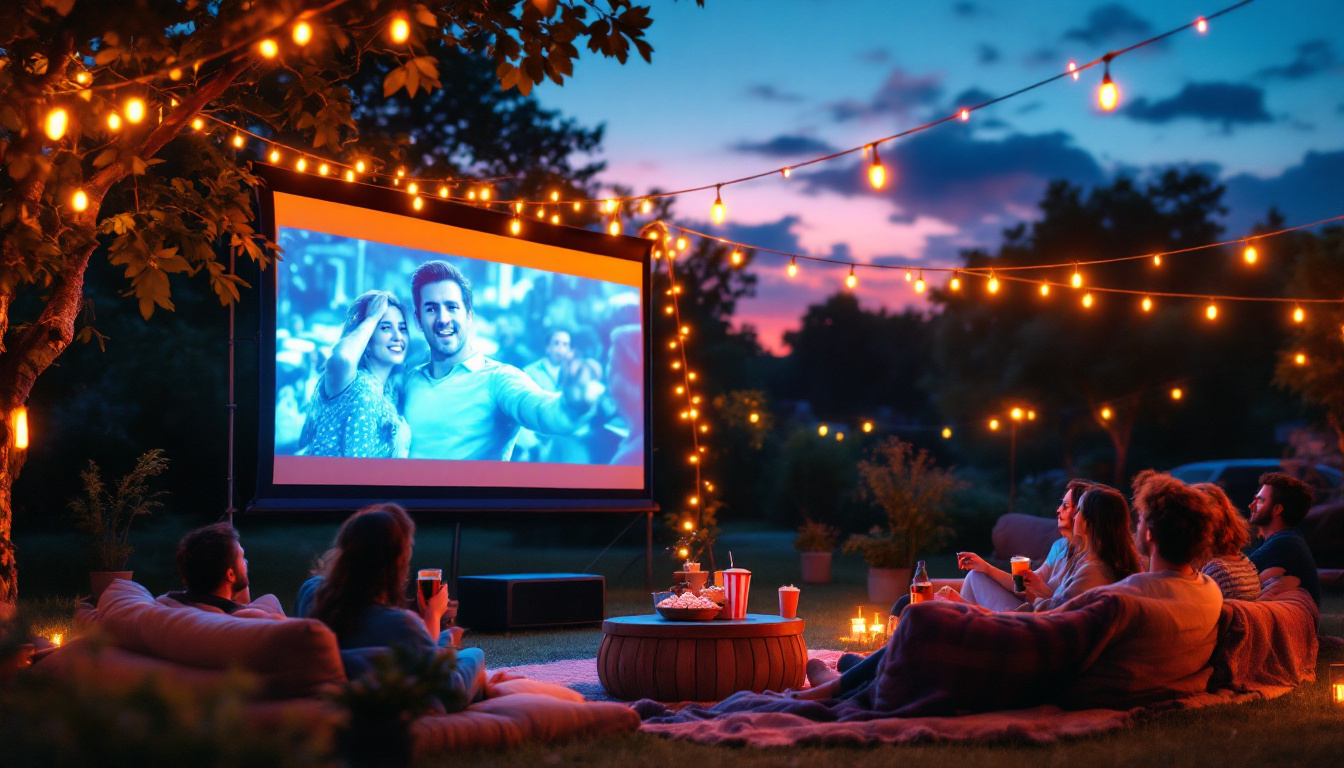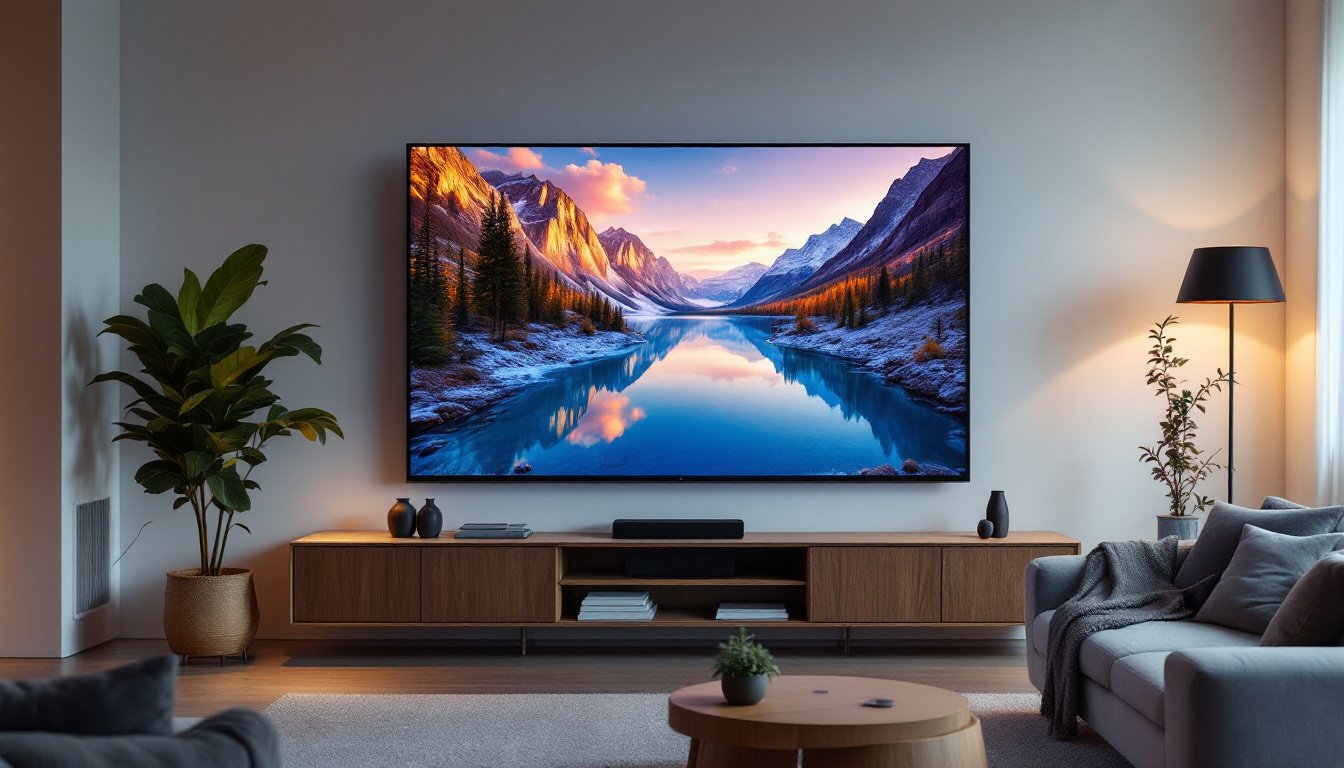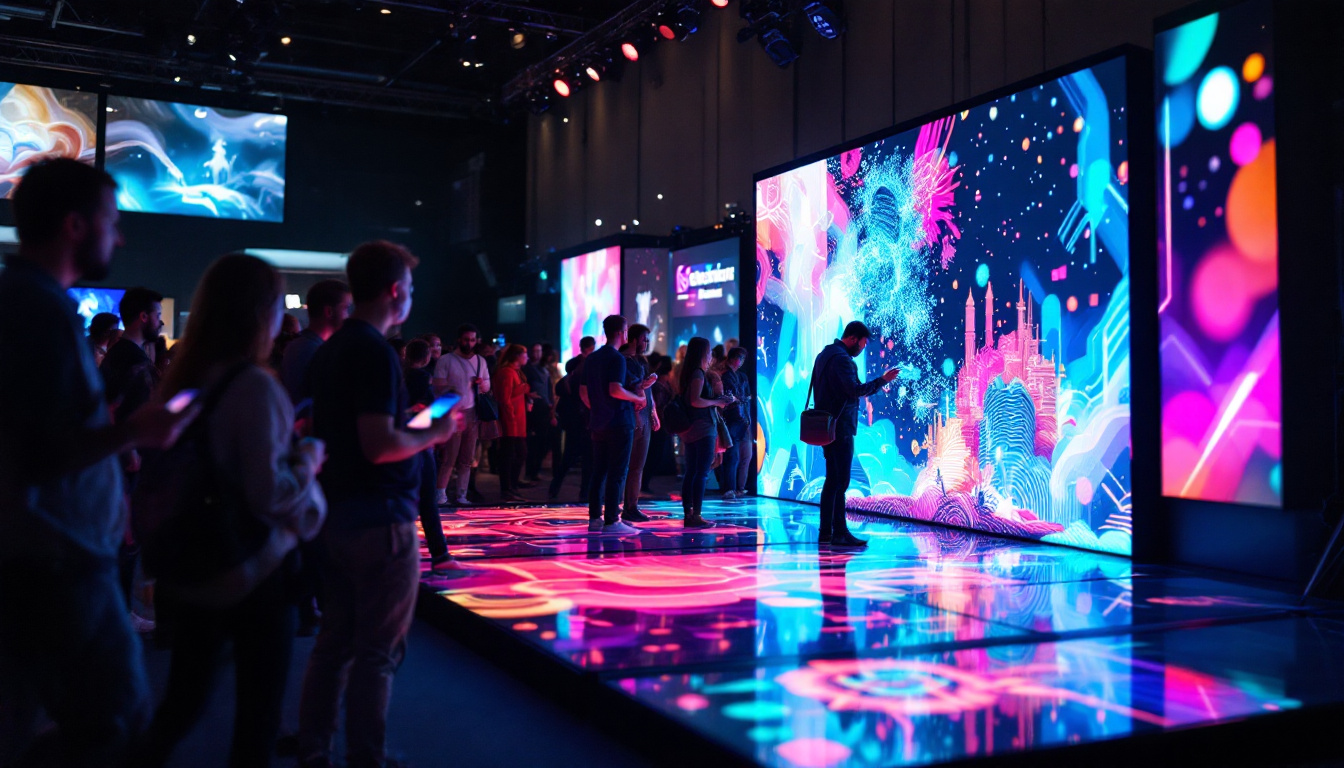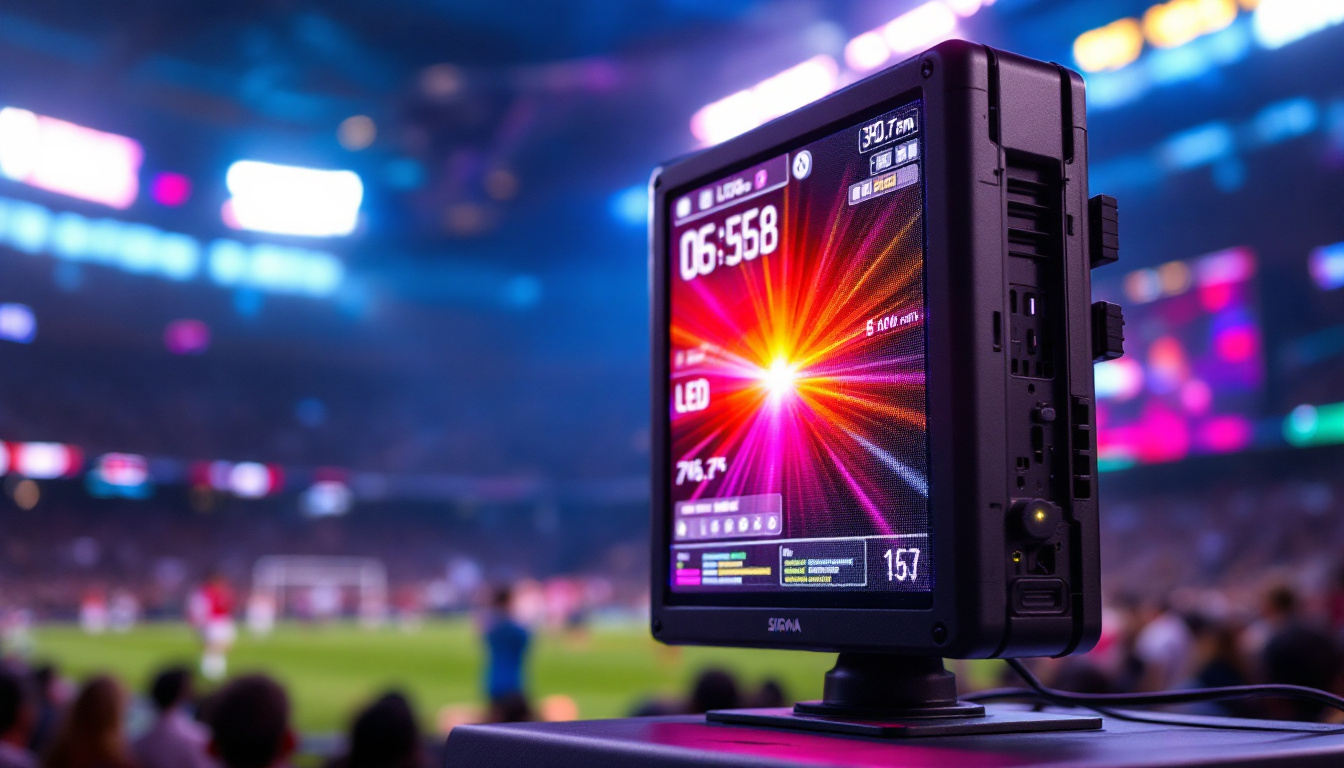In an era where technology is seamlessly integrated into our daily lives, outdoor touchscreen monitors have emerged as a significant tool for communication, advertising, and information dissemination. These devices combine the functionality of a traditional touchscreen with the resilience required to withstand outdoor conditions. This article delves into the intricacies of outdoor touchscreen monitors, with a particular focus on LED display technology.
Understanding Outdoor Touchscreen Monitors
Outdoor touchscreen monitors are specialized displays designed to operate in various environmental conditions. Unlike standard monitors, these devices are built to endure weather elements such as rain, snow, and extreme temperatures. They are often used in public spaces, such as parks, shopping malls, and transportation hubs, where interactivity and information access are crucial.
Key Features of Outdoor Touchscreen Monitors
Several features distinguish outdoor touchscreen monitors from their indoor counterparts. These include:
- Weatherproofing: Outdoor monitors are encased in durable materials that protect them from moisture, dust, and temperature fluctuations.
- Brightness: High brightness levels ensure visibility even in direct sunlight, making it easier for users to interact with the screen.
- Touch Sensitivity: Advanced touch technology allows for responsive interaction, even when users are wearing gloves or in wet conditions.
Applications of Outdoor Touchscreen Monitors
The versatility of outdoor touchscreen monitors lends itself to various applications. Some common uses include:
- Wayfinding: These monitors are often used in large public spaces to help visitors navigate their surroundings.
- Advertising: Businesses leverage outdoor monitors to display advertisements and promotions, capturing the attention of passersby.
- Information Kiosks: Municipalities and organizations use these devices to provide information about local events, services, and attractions.
In addition to these applications, outdoor touchscreen monitors are increasingly being integrated into smart city initiatives. They serve as interactive hubs that provide real-time data on public transport schedules, weather updates, and emergency alerts, enhancing the overall experience for residents and tourists alike. For instance, a touchscreen monitor located at a bus stop can display live updates on arrival times, allowing commuters to plan their journeys more effectively.
Moreover, the rise of contactless technology has further expanded the functionality of outdoor touchscreen monitors. Many of these devices now support NFC (Near Field Communication) and QR code scanning, enabling users to access additional content or services simply by tapping their smartphones. This feature is particularly useful in settings like museums or galleries, where visitors can interact with exhibits and receive detailed information without needing to touch the screen directly, thus promoting a safer and more hygienic experience.
LED Display Technology
At the heart of many outdoor touchscreen monitors is LED display technology. Understanding how LED displays work is essential for grasping the advantages they offer in outdoor settings.
What is LED Display Technology?
LED, or Light Emitting Diode, displays utilize semiconductor technology to produce light. Unlike traditional LCD screens that rely on backlighting, LED displays generate their light, resulting in brighter and more vibrant images. This technology is particularly beneficial for outdoor environments where visibility is paramount. The construction of LED displays allows for thinner and lighter designs, making them easier to install and integrate into various structures, from kiosks to digital billboards.
Advantages of LED Displays for Outdoor Use
LED displays provide several advantages that make them ideal for outdoor touchscreen monitors:
- High Brightness: LED displays can achieve brightness levels that make them visible even in direct sunlight, a crucial factor for outdoor applications.
- Energy Efficiency: LED technology is more energy-efficient compared to traditional display technologies, leading to reduced operational costs.
- Longevity: LED displays have a longer lifespan, often lasting tens of thousands of hours, which is essential for devices exposed to the elements.
In addition to these benefits, LED displays are also known for their superior color accuracy and contrast ratios. This means that images and videos displayed on LED screens appear more lifelike, enhancing the viewer’s experience. Furthermore, many LED displays are designed with weather-resistant features, allowing them to withstand harsh conditions such as rain, snow, and extreme temperatures. This durability ensures that they remain functional and visually appealing throughout their lifespan, making them a reliable choice for businesses looking to engage customers in outdoor spaces.
Another significant advantage of LED technology is its versatility in size and configuration. From large-scale advertising billboards to smaller interactive kiosks, LED displays can be customized to fit various applications and environments. This adaptability allows businesses to create eye-catching displays that can be tailored to their specific needs, whether for advertising, information dissemination, or interactive experiences. As technology advances, we can expect to see even more innovative uses for LED displays in outdoor settings, further solidifying their position as a leading choice for modern digital communication.
Design Considerations for Outdoor Touchscreen Monitors
When designing outdoor touchscreen monitors, several factors must be taken into account to ensure functionality and durability.
Durability and Build Quality
The build quality of outdoor monitors is paramount. Manufacturers typically use materials that can withstand harsh weather conditions, including UV-resistant coatings to prevent screen degradation from sunlight exposure. Additionally, the enclosure must be robust enough to resist vandalism and accidental damage. Many outdoor monitors are also equipped with anti-glare and anti-reflective technologies, enhancing visibility in bright sunlight, which is crucial for user interaction. Furthermore, the choice of glass is significant; tempered glass is often used for its strength and scratch resistance, providing an additional layer of protection against environmental hazards.
Temperature Management
Outdoor monitors must operate effectively across a wide temperature range. This often requires integrated heating or cooling systems to maintain optimal operating temperatures. Without proper temperature management, the performance of the touchscreen and display can be compromised. In colder climates, monitors may include thermostatically controlled heaters that activate when temperatures drop, ensuring that the screen remains responsive. Conversely, in hotter regions, cooling fans or heat sinks may be employed to dissipate heat, preventing overheating and potential system failures. This careful balance of temperature control is essential for maintaining the longevity and reliability of the device.
Installation and Maintenance
Proper installation is crucial to the performance of outdoor touchscreen monitors. They should be positioned to minimize direct exposure to elements like rain and snow while ensuring optimal visibility. Maintenance is also essential; regular cleaning and checks can help prolong the life of the monitor and ensure it continues to function correctly. Moreover, the installation site should be evaluated for potential interference from nearby structures or foliage that could obstruct the screen’s visibility. Additionally, employing a professional installation team familiar with outdoor technology can help mitigate common pitfalls, ensuring that the monitors are securely mounted and properly calibrated for their environment. Regular software updates are also vital, as they can improve functionality and security, keeping the system running smoothly and efficiently in the long term.
Interactivity and User Experience
The interactive capabilities of outdoor touchscreen monitors significantly enhance user experience. These devices are designed to be intuitive and user-friendly, allowing individuals to engage with content effortlessly.
Touch Technology
Outdoor touchscreen monitors typically use one of several touch technologies, including capacitive, resistive, or infrared touch. Capacitive touchscreens are often preferred for their responsiveness and ability to detect multiple touch points. This is particularly useful in high-traffic areas where several users may interact with the screen simultaneously.
Content Management Systems
To maximize the effectiveness of outdoor touchscreen monitors, many are integrated with content management systems (CMS). These systems allow operators to update content remotely, ensuring that information displayed is current and relevant. This flexibility is especially beneficial for advertising and wayfinding applications.
Challenges of Outdoor Touchscreen Monitors
Despite their many advantages, outdoor touchscreen monitors also face unique challenges that must be addressed to ensure optimal performance.
Environmental Factors
Outdoor monitors are exposed to various environmental factors, including extreme temperatures, humidity, and dust. These elements can affect the performance and longevity of the device if not adequately managed. Manufacturers must design monitors that can withstand these conditions without compromising functionality.
Security Concerns
Given their public placement, outdoor touchscreen monitors can be vulnerable to vandalism and theft. Implementing security features, such as tamper-resistant enclosures and remote monitoring systems, can help mitigate these risks. Additionally, regular maintenance checks can identify potential vulnerabilities before they become significant issues.
Future Trends in Outdoor Touchscreen Technology
The future of outdoor touchscreen monitors looks promising, with several trends emerging that could shape their development and application.
Integration with Smart Technologies
As cities become smarter, outdoor touchscreen monitors are increasingly being integrated with IoT (Internet of Things) technologies. This integration allows for real-time data sharing and interaction, enhancing user experience and providing valuable insights for businesses and municipalities.
Enhanced User Interfaces
Future outdoor touchscreen monitors are likely to feature more sophisticated user interfaces, utilizing AI and machine learning to personalize content based on user behavior and preferences. This could lead to more engaging and relevant interactions for users.
Improved Sustainability
With growing concerns about environmental impact, manufacturers are focusing on creating more sustainable outdoor touchscreen monitors. This includes using eco-friendly materials, energy-efficient technologies, and designs that minimize waste throughout the product lifecycle.
Conclusion
Outdoor touchscreen monitors represent a significant advancement in display technology, combining the interactivity of touchscreens with the durability required for outdoor use. With LED display technology at their core, these devices offer high brightness, energy efficiency, and longevity, making them ideal for various applications.
As technology continues to evolve, outdoor touchscreen monitors will likely become even more integrated into our daily lives, providing essential information, enhancing user experiences, and contributing to the development of smarter, more connected environments. Understanding the intricacies of these devices is crucial for businesses and municipalities looking to leverage their potential effectively.
Discover LumenMatrix’s Advanced LED Solutions
Ready to elevate your outdoor space with the latest in LED display technology? Look no further than LumenMatrix, a pioneer in crafting immersive visual experiences. From vibrant Outdoor LED Wall Displays to interactive Floor LED Displays and beyond, our extensive range of products is designed to captivate and engage your audience. Embrace the future of digital signage with LumenMatrix and transform your communication strategy. Check out LumenMatrix LED Display Solutions today and bring your brand’s message to life with unparalleled clarity and impact.

